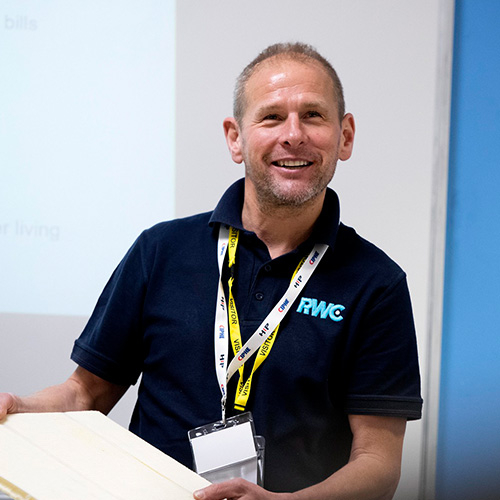5 top tips for solving the most common plumbing and heating challenges in 2022

As a tried and tested installer, it’s rare that you will run into technical problems you don’t know how to deal with. However, in today’s plumbing and heating landscape, with the government aiming for net zero by 2050 and with regulations constantly changing, the common plumbing challenges are no longer the only issues you need to be aware of.
And it is not just changing regulations having an effect on the type of challenges installers face today, but also changing customer needs in parallel to new technologies continuously being introduced. These are challenges that skilled work alone cannot solve, but instead require a shift in mindset to embrace new philosophies and techniques. Here are our five tips for solving the most common plumbing and heating challenges in 2022.
1. Work smarter not harder
The UK Government has pledged to help build 300,000 homes a year due to the lack of affordable housing, which means installers are having to work faster than ever to help meet this target, but that doesn’t mean having to work harder.
New technologies can replace time consuming installation practices. For example, RWC’s range of tool-free JG Speedfit push-fit fittings and pipe can be used in place of soldering. Tried and tested in applications worldwide, JG Speedfit’s technology is designed for installers of all levels of experience, which makes it perfect for use during the skills shortage we are currently experiencing too. The innovative technology, is proven to cut installation time almost in half, meaning you are indeed working smarter not harder.
2. Be preventative, not reactive
We’ve all heard the saying: “prevention is better than cure”, and it’s just as relevant to common plumbing challenges as it is to anything else. Incorrect installation can increase the risk of leaks, in-pipe bacterial growth and the likelihood of scalding, which can put people and property at risk, as well as increasing the likelihood of you having to go back on site to fix such problems at some point in the future.
Throughout the installation process, think ahead and ensure these small, easily avoided issues are prevented from happening in the first place. And that if they do, they are easy to fix. For example, preventing Legionnaires disease is vital for both private and public spaces, and this can be a real issue in households if the correct thermostatic mixing valve (TMV) is not installed properly. Quality TMVs from RWC’s Reliance Valves are perfect for solving such problems. One such example, is the Easifit TMV2/3, which is a compact mixing valve that blends hot and cold water to ensure a safe outlet temperature and is perfect for both domestic and light commercial use.

3. Think customer, think smart
In today’s landscape customers expect more choice and more control over their environment. They are becoming more aware of the technology available and expect smart plumbing and heating solutions, which means it is especially important that installers themselves keep their product knowledge up to date.
In fact, knowing how to install the latest technologies in both new build and retrofit projects can allow plumbers to expand their service offerings and open up areas for new business. RWC has a wide range of technologies available from its family of brands – Reliance Valves, SharkBite and JG Speedfit.
For example, the Reliance Valves MultiSafe leak detection system is the latest development giving homeowners and building managers a complete leak detection and monitoring system against flooding and microleakage within their properties.
4. Work more sustainably
With more regulations addressing environmental concerns that determine the use or discontinuation of certain products and solutions, it is almost impossible to not be working with a more sustainable focus. For instance, the upcoming ban on gas boilers in new build homes.
As the world faces environmental challenge after challenge, installers must take on a more sustainable philosophy themselves. RWC’s family of brands and team of experts are here to support you in this new, more sustainable venture. From underfloor heating solutions to leak proof push-fit connector technology and water preserving valves, RWC’s wide product offering means more choice when designing a sustainable plumbing and heating system.
5. Embrace underfloor heating
Although underfloor heating (UFH) has been around for a while, it's a fantastic time to get on board because as gas boilers are phased out, UFH is set to become even more popular. RWC's JG Underfloor heating brand is a clear industry leader with a broad line of solutions appropriate for new builds and retrofit applications. It is fully supported with a free CAD design and estimating service, and offers technical support before, during, and after installation.
With these 5 top tips, some of the most common plumbing and heating challenges should be easy for installers to face. By embracing innovative, easy to use products and by adopting new technologies, installers will come out on top and be ready for any new challenge that comes their way.
Need advice?
For product advice and customer support queries please get in touch with our technical team. And if you would like to learn more about RWC and its family of brands, please visit our Family of brands.
